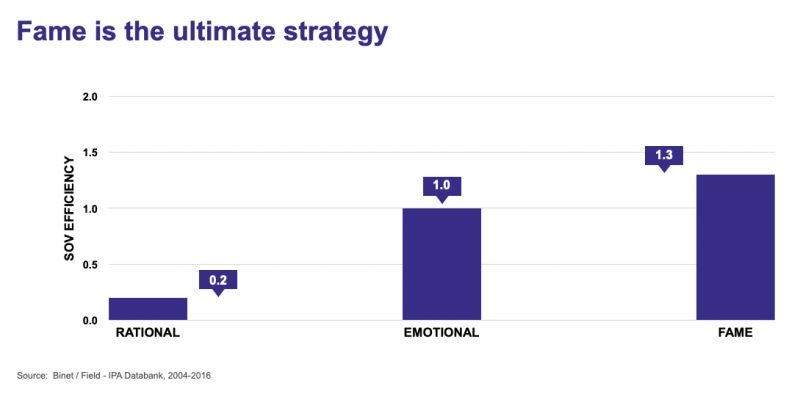
Olympian Stephen Nedoroscik
Every coach in every sport has spoken to their athletes about visualization. Recently, this technique has gained fame because of Olympic men’s gymnast Stephen Nedoroscik. You may know him now by his nickname “Clark Kent.” Stephen’s exceptional performance on the pommel horse during the 2024 Summer Games, after waiting all day to perform, is a testament to the power of visualization. His meticulous mental preparation kept him ready and led to his outstanding routine.
Wizard of Ads Founder Roy H. Williams said, “If you can see it in your mind, you can hold it in your hand.” I assert that if you can see it in your mind, you can achieve it, own it, run it, build it, complete it, master it, or buy it.
For a marketer, the ability to put something on the mental stage of humans through storytelling is profound. Storytelling is not just a tool but a key that unlocks the potential for people to visualize a product or service. This visualization helps brands become famous by creating emotional connections and giving vague ideas a tangible form. According to research by marketing experts Les Binet and Peter Field, telling emotional stories is not just a great way but the most effective way to build a business over time. Their in-depth study of marketing effectiveness shows that campaigns that play on feelings are better at building long-term brand growth than campaigns that only focus on short-term sales.

Brand stories spark people’s imaginations and help them picture themselves using the product or service. Seth Godin also discusses how powerful stories can be in marketing. Godin says people don’t just buy things; they buy the stories that accompany them.
Considering this powerful tool, traditional persuasive media (radio and television) are your dearest friends. Why? Radio and television interact with you. Even when you aren’t 100% listening, your ears and brain listen. Many describe it as “Theater of the Mind.” Sound uses descriptive words and noises to help people use their imagination, which lets them make up their own pictures. With this effect, you can get someone to see, feel, and hear themselves 1 to 1 with your product or service because it becomes personal.
The counterbalance is passive media. Print media like newspapers, magazines, and brochures are passive because the reader has to choose to interact with the information. People can quickly skim or ignore ads, and they don’t have as much of an instant effect as ads on TV and radio. Print doesn’t have the same power to grab attention and influence as moving media like TV and radio because it is static. Today, we are flooded with social media marketing. However, it is often seen as more passive because people decide how they want to experience it. Users can scroll by ads or choose what to read or connect with. Social media is also more disjointed, with people’s attention split between many posts. This can make it harder for one message to get through.
Helping people see themselves using your product or service is a powerful way to keep them interested and loyal. By letting customers picture how a product or service fits into their lives, you build a more vital emotional link with them. This understanding of the role of visualization in building emotional connections can make the audience feel empathetic.
Visualization provides a practice field in their minds, which can be just as important as practicing physically for Stephen Nedoroscik. His mental practice carried Team USA’s male gymnasts to their first medal in the team event since 2008. This sense of accomplishment through visualization can inspire and motivate athletes and marketers alike.
Visualization is a skill that can help make dreams come true, whether you’re in sports or business. It’s a valuable tool for getting noticed and successful. This potential of visualization to turn dreams into reality can instill a sense of hope and optimism in the audience.
- Be Known Before You’re Needed: The Secret to Better Marketing - May 27, 2025
- Your Greatest Power: 5 Keys for Winning in Business and in Life - February 21, 2025
- Athletes to Business. Visualization Creates Golden Results - September 3, 2024
